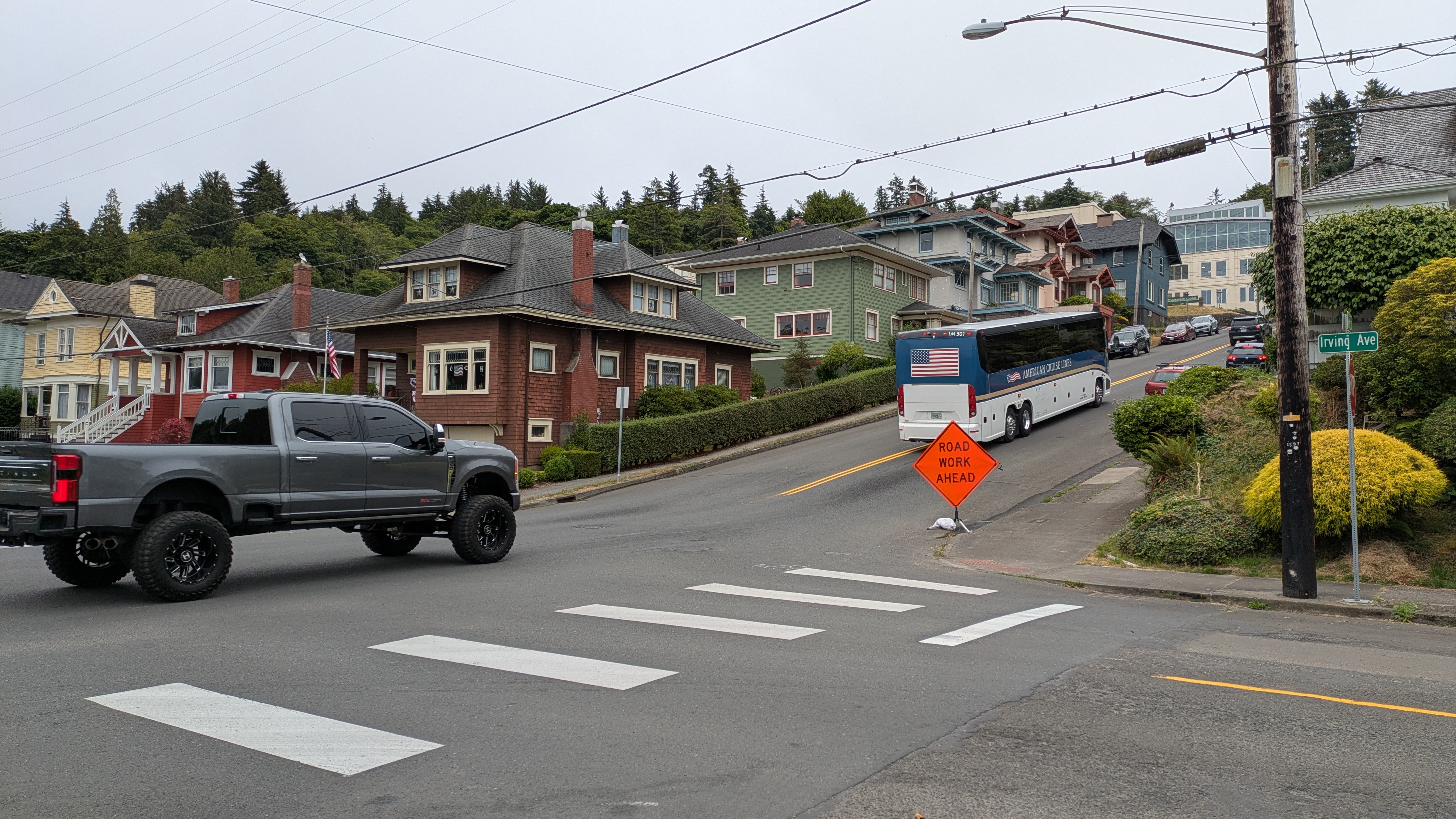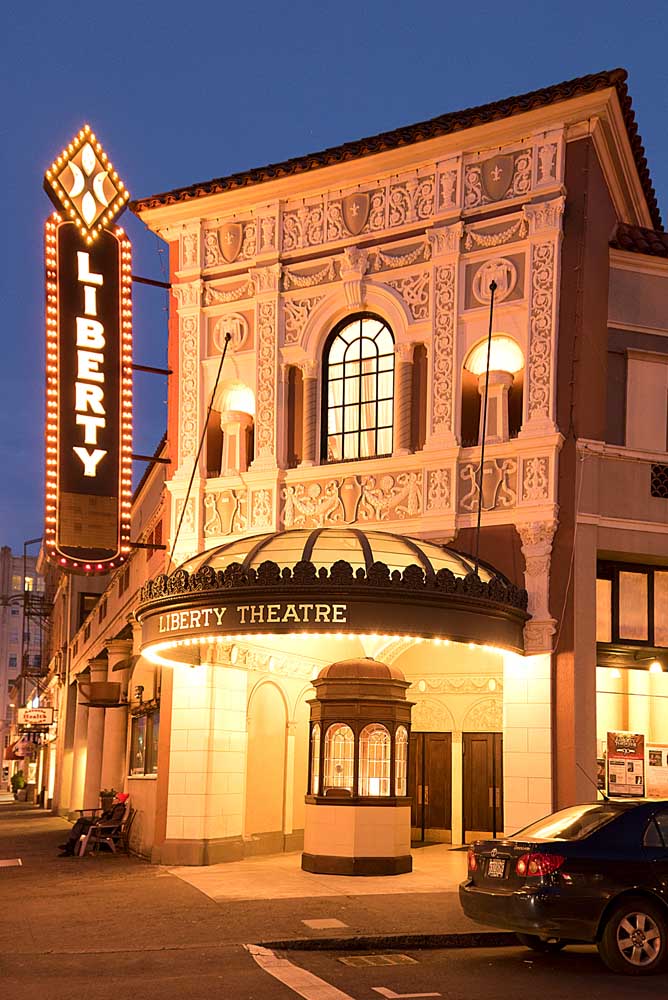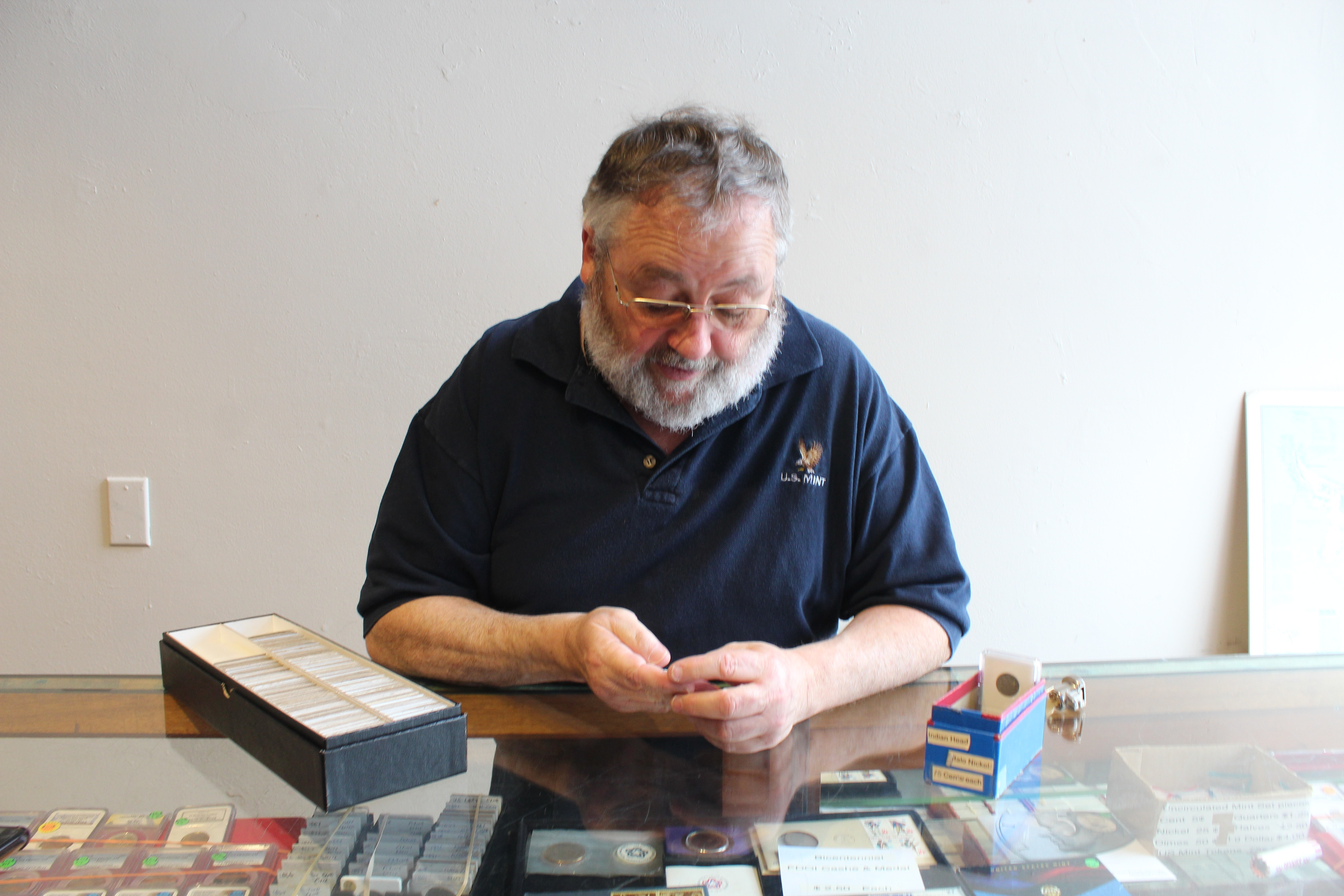Good trails benefit residents and tourists alike
Published 8:00 pm Wednesday, July 12, 2017
Trails and footpaths are among our region’s best underappreciated assets, as explored in our story last week about the Oregon Coast Trail. We ought to be doing more to improve, use and publicize them.
Trending
This year, more walkers are discovering the Oregon Coast Trail because of lingering snow pack and high water in the Sierra Nevada mountains of Northern California, making the more-famous Pacific Crest Trail harder to use. The mountain trail has gained visibility in recent years thanks to Cheryl Strayed’s memoir “Wild: From Lost to Found on the Pacific Crest Trail” and the subsequent Reese Witherspoon movie based on it.
It’s safe to say that most long-distance trails are not huge economic boons for nearby communities — most hikers don’t drop lots of money at art galleries or hotels. But they frequently do buy supplies and sometimes replacement gear in the communities they pass through, while requiring little public outlay for facilities and services.
The Oregon Coast Trail is in some ways more of a concept than reality. It is officially designated but lacks the dedicated infrastructure and camping sites provided on better-established routes like the Appalachian National Scenic Trail. Although coastal hikers are respectful of their surroundings and tell of warm hospitality along the way, they also have to worry about finding legal campgrounds as the trail winds past Oregon’s many coastal towns.
Trending
In addition to the urban trails of Astoria and Warrenton that we’ve recently noted in this space, the website Atlas Obscura celebrates Astoria’s many obscure footpaths, which it calls Goonie Trails. (See www.atlasobscura.com/places/goonie-trails.) Elsewhere in our region, Pacific County Economic Development Director Jim Sayce recently undertook an epic bike ride on the Willapa Hills Trail. Only partly developed, it follows an old railroad right-of-way through spectacular but seriously rough terrain.
There is something to be gained from residents and government entities cooperating to improve the usability and awareness of all these trails. In much of Europe, there is a well-established tradition of manageable walks between lodging places and eateries, allowing hikers to carry lighter loads. They enjoy the landscape, while communities earn money. It is possible to imagine development of similar networks here.
Trails are inexpensive infrastructure that benefit residents and tourists alike. We should realize what great assets they are and begin acting accordingly.









